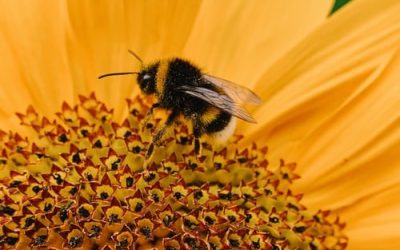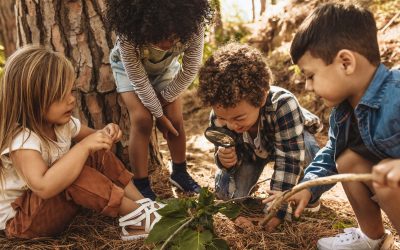Overview
In this activity students will explore their habits and preferences related to food. They will explore Canada’s Food Guide to review the most current recommendations for healthy eating for Canadians. They will then draw a photo similar to a vision board that represents what their ideal food choices would look like based on their knowledge of nutrition, personal preferences and past experiences.
NB Curriculum Outcomes
Holistic Curriculum
Explore Your World K-2
Strand: Well-Being – Big Idea: Physical Health and Active Participation
Strand: Well-Being – Big Idea: Emotional Health and Positive Identities
Personal Wellness 3-5
Strand: Wellness – Big Idea: Healthy Lifestyles
Strand: Mental Fitness – Big Idea: Positive Mental Health
What you’ll need
- Writing utensils (Pens, pencils, markers)
- Blank piece of paper – 1 per student
- Nutrition Vision Board Template
- Trauma Informed Nutrition Resource – to read before distributing this activity
Sensitivity Statement
Food choices can be a sensitive topic for certain students. This activity aims to build healthy relationships with food but there may be students who may not be comfortable reflecting on food choices and to whom doing so may induce harm. Teachers should try to be as mindful as possible about the students in their classroom and their situations regarding food security and healthy relationships. Consider this before using this activity so all students feel comfortable.
This activity is intended to be an individual task, encourage your students to work independently to decrease the possibility of students feeling stress or pressure surrounding the completion. The final product should be private, so do not display this student work in the classroom. If a student identifies negative emotions related to this activity, do not make them continue, and allow them to do what they need to feel better that is appropriate for your classroom setting. If you have students that need extra support regarding their feelings and thoughts toward food, please utilize the ESS/administration team at your school.
Read the Trauma Informed Nutrition Resource as a personal education opportunity. This resource is intended for improving the practice of Registered Dietitians and is not included so that teachers can attempt nutrition counselling.
Instructions
- Review Canada’s Food Guide (Canada’s Food Guide) as a class to explore Canada’s most recent guidelines surrounding healthy eating. Look through the different recommendations on the additional pages of the guide as well, such as “Be Mindful of Your Eating Habits” and not just the balanced plate.
- Place students into groups of 2 or 3 and ask students to draw a picture based on what they’ve learned of a food item that would fit into each section of the Canada’s Food Guide plate. Feel free to use the template at Food Guide Plate Activity for this.
- Drawing time! Pass out the Nutrition Vision Board Template. Read students the prompts listed on their sheet. Allow them time to consider each one. They will then draw something in response to the prompt on their paper before moving onto the next item from the list.
- Upon completion, the students’ papers will display different aspects of their current eating habits. It will show the different food they enjoy and foods that could contribute to their balanced diet. Remember, a balanced diet does not mean a perfect diet and remembering that can help your relationship with food be a positive one! An example Nutrition Vision Board created using an online program is attached.
- Remind students that this is an independent activity, and they shouldn’t be looking at each other’s vision boards for inspiration. Each board will look different, when you look at somebody else’s board, they may not understand it, but what is important is that you do. Allowing this to be a private activity also ensures it is more comfortable for all students.
- Encourage students to put their finished drawing in a place where they will regularly see it.
Career Connections
Independently look at your finished Vision Board and reflect, what was something you learned about yourself through completing this activity?
Reflection is an important part of growing up, it’s great to practice reflecting when you have the opportunity so that you can improve.
Reflection Activity
Please see the attached PDF for several choices on how you and your learners can reflect upon today’s activity.
Global Competencies
- Critical thinking and Problem-solving
- Innovation, creativity, and Entrepreneurship
- Self Awareness and Self-management




